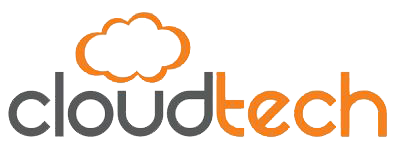THE COVID-19 pandemic has emphasized the benefits of cloud-based applications, automation and e-commerce and highlighted the importance of mining data for insights. In fact, a Morgan Stanley report, “Technology Eating the World – Top Trends Post COVID-19” points out that for many consumers of these technologies, the pandemic has accelerated adoption timelines.
For example, Morgan Stanley says, e-commerce adoption has been sped up by at least two years.
For companies whose products are in demand now and will be more so in the future, this is likely the right time to up their technology game in at least some of these areas. In the process, relationships between the chief finance officer, the chief executive officer, the chief information officer and other executives become more strategic.
Finance automation in particular makes sense now because some of the biggest challenges currently are around cash runway and accounts receivable, while at the same time, new sales are likely harder to come by, and marketing may be less effective.
Simplifying challenging finance functions while solidifying the ability to close the books remotely and creating a foundation for e-commerce will go a long way toward compiling the data everyone wants and making the company more resilient.
For many organizations, this demands a shift in priorities. Speed-up plans may already be in process for some companies. It is likely new funding is required.
The CFO steps up
This is the time CFOs need to solidify their strategic standing. They need to assert that money spent on projects that make for more integrated and automated business processes will deliver a solid ROI and better customer outcomes.
During the pandemic, many organizations accelerated the initiatives that they had already been working on for efficiency and better reporting. But getting rid of legacy systems, especially disparate ones, was the order of the day.
Outside the finance team, other units are also making the case for adopting up to date, cloud-based and integrated technologies. For example, marketers need to maximize digital platforms and social media.
Sales teams need a system for managing customer contacts, supplemented with a good e-commerce engine. A company may also need project management software, and a wholesale distribution company would definitely need better inventory management systems that integrate easily with billing. Professional services organizations need engagement management tools.
Indeed, the pandemic has laid bare the weakest parts of many of these processes. It is no surprise that Brainyard’s current polling shows technology investments are more likely to be funded now, with about half of respondents saying they’ll spend more on tech than they did in 2019.
Even in March, when Brainyard’s polls showed executives were eyeing spending cuts across their organizations, technology was the least likely to be hit. On this exercise, every unit in the organization needs to look past its own concerns and tech wish lists, and see where they fit into the whole. The CEO and the CFO need to be in perfect consonance about the organization’s tech strategies, and ensure that they go for system integration rather than siloed one-off purchases. It is the CFO’s role to illustrate the benefits of such an action in ROI terms – and a move toward growth and resilience.
